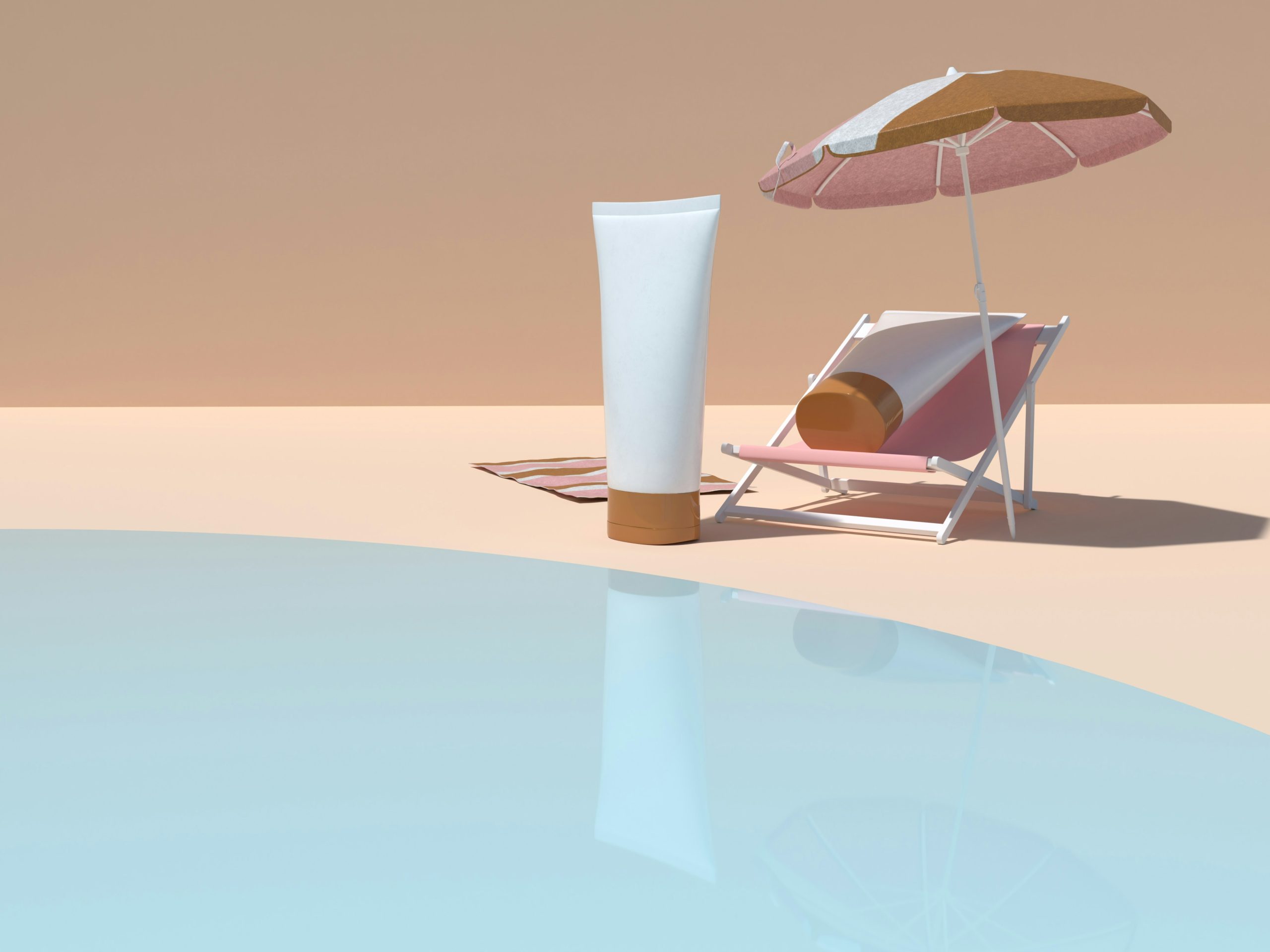There’s No Such Thing As A Safe Tan
Any tan, whether it’s from the sun or a tanning bed is a sign of skin damage. Your melanocyte, your pigment producing cell and your skin’s 4th line of defense, is working overtime to help protect your cell’s DNA. Your body’s response? Produce more melanin, resulting in a tan. The DNA damage accumulates over time, leading to mutations that can turn cancerous. Sorry to be a downer 🙁
Beyond the cancer risk, UV exposure definitely has an impact on skin aging. UV rays from the sun penetrate the skin and cause damage by breaking down collagen and elastin fibers, the proteins that maintain the skin’s structure, elasticity, and firmness. And then there’s the hyperpigmentation, which as we all know, can be challenging to fade
I like how Dermatologist Heather Rogers explains it.
“Your body tans after there’s been DNA damage,” she explains. When you’re exposed to UV light from the sun or a tanning bed, your skin absorbs that light, which causes mutations in your DNA.
“And your DNA goes, Oh, crap, I’m being injured. Is there anything I can do? And it throws up whatever pigment it has. So by the time you have a tan, you’ve already experienced DNA mutations,” Rogers says.
And it’s those mutations that can lead to skin cancer and premature aging.”
The takeaway… Wear your sunscreen 🙂 And make sure you’re wearing enough of it; your first two full finger lengths for face and neck.Roughly a shot glass worth for the body. These are a few of my favorite sunscreens for the face. Side note: all are acne safe. 🙂



